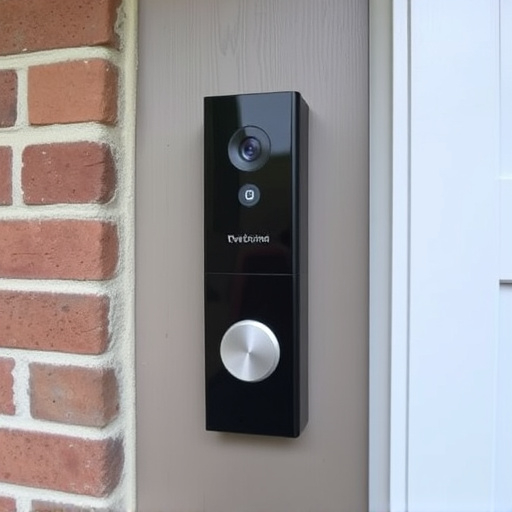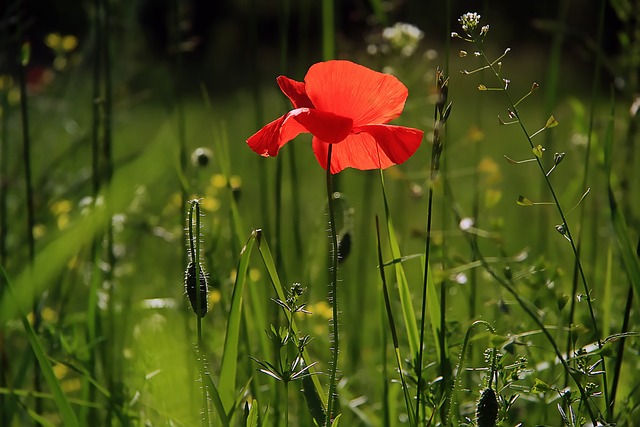m/f ( >? ( > ( > >
Botanic gardens, with their lush landscapes and diverse flora, have evolved into vibrant educational hubs, offering unique learning experiences for students of all ages. From interactive workshops to peaceful reflection areas, these green oases enhance environmental education. This article explores how botanic gardens attract students, foster family engagement through dog-friendly spaces, curate engaging programs, and promote sustainability initiatives that make them essential resources for both schools and communities. Discover the transformative power of these natural classrooms, especially with the growing trend of incorporating dog-friendly parks into urban planning.
- Enhancing Learning Experiences: How Botanic Gardens Attract Students
- Dog-Friendly Spaces: Encouraging Family Engagement in Botanical Education
- Curated Programs: Designing Educational Activities for All Ages
- The Environmental Impact: Teaching Sustainability Through Botanic Garden Initiatives
Enhancing Learning Experiences: How Botanic Gardens Attract Students

Botanic gardens are transforming into vibrant learning hubs, offering unique educational programs that captivate students and enhance their understanding of botany and nature. One of the key advantages is their ability to provide an immersive and sensory experience, making complex scientific concepts accessible and engaging. These gardens serve as living classrooms, where students can explore diverse plant species up close, fostering a deeper connection with the natural world.
With many botanic gardens now embracing dog-friendly policies, these green spaces have become even more inclusive, attracting not only students but also their furry companions. Dog-friendly parks offer a relaxed and recreational learning environment, encouraging interactive activities like guided nature walks, plant identification games, and peaceful moments of observation. This blend of education and leisure makes botanic gardens highly appealing destinations for students seeking both knowledge and fresh air.
Dog-Friendly Spaces: Encouraging Family Engagement in Botanical Education

In today’s world, where outdoor spaces are becoming increasingly urbanized, botanic gardens are transforming into vibrant hubs that cater to all ages and interests, including our four-legged friends. The integration of dog-friendly areas within these green oases has sparked a new era of family engagement in botanical education. Parents can now bring their furry companions to explore the diverse plant life, fostering a unique bond while teaching their children about nature’s wonders. This innovative approach encourages families to spend quality time together amidst the beauty of botany, making learning an enjoyable and accessible experience for all.
Dog-friendly spaces in botanic gardens offer a range of benefits. They attract families who may be hesitant to visit traditional educational venues due to the lack of pet-friendly policies. By accommodating these families, botanical gardens create an inclusive environment that promotes interactive learning and strengthens the connection between people and nature. Moreover, dogs themselves can serve as excellent ambassadors for botanical education, sparking curiosity and interest in plants as their owners explore the various exhibits together.
Curated Programs: Designing Educational Activities for All Ages

Botanical gardens, with their diverse plant collections and serene settings, offer a unique environment for educational programs catering to all ages. When designing these activities, curating engaging content that appeals to both young visitors and adults is essential. One effective approach is to create themed walks or tours, where different age groups can explore specific aspects of botany. For instance, children can enjoy interactive trails focusing on native wildlife and their plant habitats, while adults might appreciate in-depth talks about rare botanical species and conservation efforts.
These curated programs can further enhance the experience by incorporating hands-on activities like planting workshops, flower arranging classes, or even dog-friendly sessions where visitors can learn about plants safe for their furry companions. By offering a range of options, botanical gardens attract diverse audiences, making learning about botany accessible and enjoyable for everyone, including those who prefer outdoor adventures with their pets.
The Environmental Impact: Teaching Sustainability Through Botanic Garden Initiatives

Botanic gardens have evolved into more than just oases of greenery; they are now powerful educational tools that play a vital role in fostering environmental awareness and promoting sustainability. By engaging visitors in interactive programs, these green spaces offer unique opportunities to learn about the intricate relationship between plants, people, and our planet’s health. One significant aspect of their impact is the ability to teach young minds (and adults alike) about the importance of sustainability, especially when designed with family-friendly attractions, like dog-friendly parks, that encourage diverse visitors.
Through guided tours, workshops, and hands-on activities, botanic gardens can inspire a deeper connection with nature, highlighting the environmental challenges we face. These initiatives often focus on themes such as climate change adaptation, water conservation, and eco-friendly practices in gardening. By participating in seed dispersal events or learning about native plant species, visitors gain practical knowledge that encourages them to make sustainable choices in their daily lives. This educational approach ensures that future generations understand the value of preserving our natural world, all while enjoying the beauty and tranquility of these green havens, including dog-friendly areas where people and their furry friends can connect with nature.














